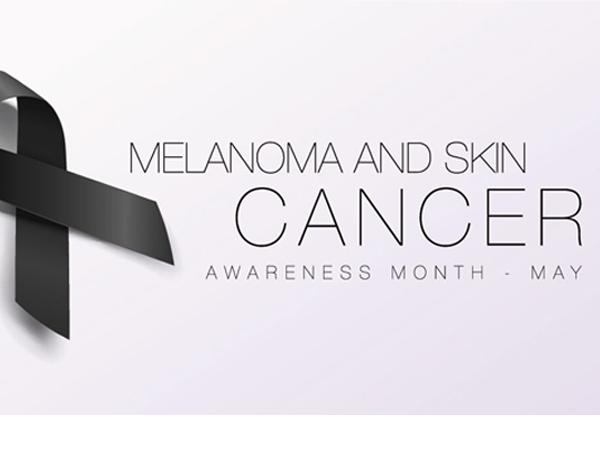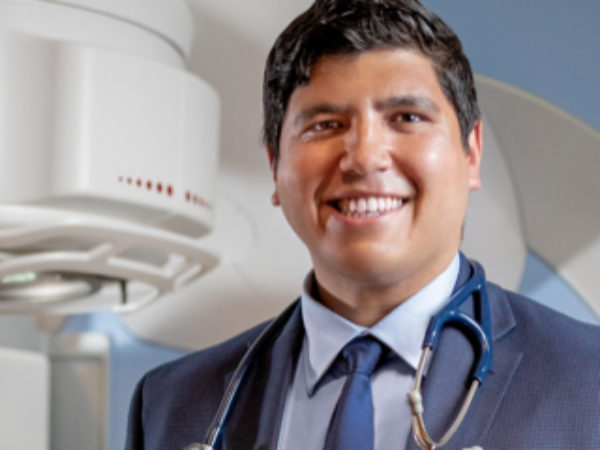
Understanding Head and Neck Cancer and Treatment Options
Head and Neck cancer is an umbrella term used to describe cancers that occur from the throat up, including salivary, tonsil, tongue, thyroid, laryngeal, pharyngeal, sinus, and adenoid cancers, as well as their subtypes. They are not as common as other forms as they represent approximately 4% of all the cancers in the United States according to the National Cancer Institute (NCI). They affect men more than women and are more common in older adults over the age of 50 at the time of diagnosis. These are some of the more common symptoms of head and neck cancers:
These are some of the more common symptoms of head and neck cancers:
- Persistent sore throat lasting several weeks or more.
- Lumps in the neck or mouth that persist.
- Mouth sores that won’t heal.
- Difficulty swallowing.
- Ear pain
- Persistent Cough
- Voice changes such as hoarseness, vocal tone or sound changes, or difficulty speaking can be associated with head and neck cancer.
- Unusual or unexplained bleeding or pain in the mouth, nose, or throat.
- Weight loss
Risk factors common to head and neck cancers include:
- Tobacco use: Smoking and/or chewing tobacco.
- Alcohol consumption: Excessive alcohol consumption, especially when combined with tobacco use, greatly increases the risk.
- Human papillomavirus (HPV): Certain HPV strains, primarily HPV16 and HPV18, are linked to some head and neck cancers, particularly oropharyngeal cancer (cancer of the throat behind the mouth).
- Sun exposure: Excessive sun exposure can increase the risk of lip cancer.
- Diet: A diet low in fruits and vegetables may contribute to an increased risk.
Treatment Options:
The treatment for head and neck cancer can include surgery, radiation therapy, chemotherapy, target therapy, immunotherapy, or a combination of treatments. The treatment plan depends on factors such as the location of the tumor, the stage of the cancer, and the person’s age and general health. Early diagnosis and treatment significantly improve the chances of a successful outcome. Two types of radiation therapy are used for head and neck cancers:
- External beam radiation (EBRT) is the most common radiation therapy used to treat head and neck cancers, including cancers in the throat, tongue, tonsils, and larynx. Generally, two techniques are used, three-dimensional conformal radiation therapy (3D-CRT) and intensity modulated radiation therapy (IMRT).
- Brachytherapy (internal radiation): is occasionally used to treat head and neck cancers that are located in a well-defined region. Several devices can be implanted, depending on the location and size of the tumor.
Both types of radiation therapy have risks for side effects including mouth sores, difficulty swallowing, hoarseness, skin irritation, fatigue, and others, especially when given along with chemotherapy. Your care team at MRO can help with ways to prevent and/or manage side effects as they occur with therapy.
Your treatment schedules depend on the type of tumor you have, where it’s located, and what type of technology we’ll be using. You’ll also meet with your physician each week to monitor progress and touch base with your nurse, who can answer any questions you may have.
Your first visit with MRO is a one-to-two-hour consultation visit to discuss your unique cancer and what options are available to you. You would also meet with a radiation oncology nurse to review the details of your recommended treatment and provide preventive tips for reducing the risk of side effects as well as early management techniques. Your consultation may also include a simulation at the MRO Therapy Center. Using image mapping as a guide, your care team will position you as you would be for treatment and take measurements to build a targeted treatment plan and pinpoint the radiation for the best possible outcome.
With MRO, you can partner with one of the 11 locations we have across the Twin Cities, Brainerd Lakes Area, and Western Wisconsin allowing for greater flexibility in your life.


